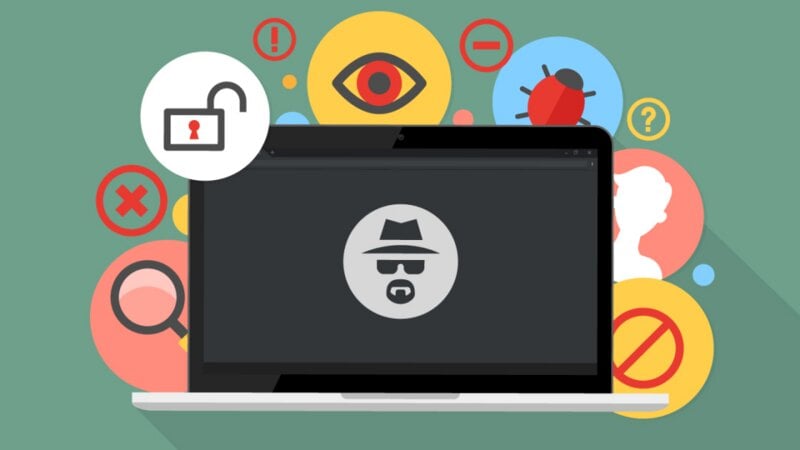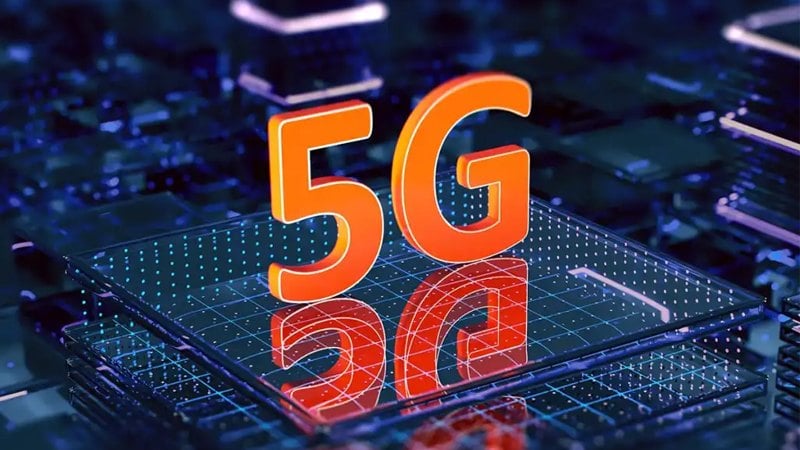Looking for fast, affordable internet in your neighborhood? You're not alone. This guide shows you how to find low-cost plans—including $10 internet providers in your ZIP code—by checking availability at your specific address. Discover reliable options in your area today.

I. Why ZIP Code-Based Internet Search Matters
Internet access isn't the same everywhere. Your ZIP code plays a major role in what plans, speeds, and providers are available. Two homes just miles apart can have completely different service options.
Why You Should Search by ZIP Code:
Local Availability Varies: Not all ISPs serve every neighborhood.
Prices Differ by Region: Promotional rates and fees change across ZIP codes.
Technology Access: Some ZIP codes have fiber, others only DSL or satellite.
Speed Tiers: Your plan speed options depend on location-based infrastructure.
To get accurate pricing, eligibility, and deals, it's essential to check internet availability at your address using ZIP-code-specific tools.
II. How to Check Internet Availability at Your Address
To find available internet plans for your home, use one or more of these tools:
1. Internet Provider Websites
Most major ISPs let you enter your ZIP code and street address to view availability:
Xfinity
AT&T
Spectrum
Frontier
Verizon
2. Third-Party Comparison Sites
These offer aggregated results across multiple providers:
Allconnect.com
InMyArea.com
HighSpeedInternet.com
BroadbandNow.com
Just type in your ZIP code or street address and instantly view compatible plans.
Use the query: ''Internet availability at my address in ${city}$'' to get ZIP-code specific results.
III. $10 Internet Providers in My Zip Code: Do They Really Exist?
Yes, in many cases they do—especially when paired with government subsidy programs or specialized low-income plans.
Here are the most common $10 Internet in my Zip Code ${city}$ providers:
| Provider | Monthly Cost | Speed | Program Name | Eligibility |
|---|---|---|---|---|
| Xfinity | $9.95 | Up to 50 Mbps | Internet Essentials | Low-income families, SNAP, Medicaid |
| AT&T | $10–$20 | 10–100 Mbps | Access from AT&T | SSI, SNAP, NSLP |
| Spectrum | $14.99 | Up to 30 Mbps | Spectrum Internet Assist | Seniors, NSLP, SSI |
| EveryoneOn (via ISPs) | $10–$20 | Varies | Local ISP partner programs | Varies by provider/location |
These providers offer deeply discounted plans tailored to those on government aid programs or fixed incomes.
IV. Best Low-Cost Internet Programs by ZIP Code
Here's a comparison table of the best low-cost internet options when searching by ZIP code:
Table: $10–$20 Internet Plans by Location
| Plan Name | Provider | Monthly Price | Max Speed | Coverage Area |
|---|---|---|---|---|
| Internet Essentials | Xfinity | $9.95 | 50 Mbps | Nationwide (major metros) |
| Access from AT&T | AT&T | $10–$20 | 100 Mbps | Urban + suburban areas |
| Spectrum Internet Assist | Spectrum | $14.99 | 30 Mbps | ZIP-specific in 41 states |
| Starry Connect | Starry | $15.00 | 50 Mbps | Limited urban availability |
| T-Mobile Project 10Million | T-Mobile | Free–$15 | 100 Mbps | Eligible student households |
To find these offers in your ZIP code, visit the providers' sites or use a trusted local search engine like Allconnect with your ZIP and full address.
V. How Government Programs Like ACP Make Internet More Affordable
The Affordable Connectivity Program (ACP) is a government initiative that reduces monthly internet bills for qualifying households.
ACP Benefits:
Up to $30/month off internet service
Up to $75/month for residents on tribal lands
One-time $100 discount on a laptop, tablet, or desktop (with co-payment)
Eligibility Includes:
Participation in programs like SNAP, SSI, Medicaid, WIC, Pell Grant
Households at or below 200% of the Federal Poverty Guidelines
Approval through the National Verifier
ACP + ISP Plan Example:
You combine ACP with Xfinity Internet Essentials:
Original Cost: $9.95/month
ACP Discount: $9.95
Total Bill: $0/month
VI. What to Consider When Choosing a Low-Cost Internet Plan
Finding the cheapest price isn't always the best deal. Consider the following:
1. Download Speed
Make sure the speed supports your household needs:
Email + Browsing: 10–25 Mbps
Streaming: 25–50 Mbps
Video Calls/Remote Work: 50–100 Mbps
2. Data Cap
Some low-cost plans have monthly data limits. Look for unlimited data or plans with caps over 1 TB.
3. Equipment Fees
Modem and router rentals can cost $10–$15/month. Check if providers offer free devices.
4. Contract Terms
Avoid long-term contracts unless the discount is substantial. Most low-cost plans are no-contract.
VII. Localizing Your Search: $10 Internet in My ZIP Code ${city}$
If you're searching for $10 Internet Providers in My ZIP Code ${city}$, follow these steps:
Step 1: Use ZIP Code Lookup Tools
Example: Enter 12345 on Allconnect.com or BroadbandNow.com
Step 2: Filter by Monthly Price
Look for plans under $20/month
Step 3: Apply for ACP First
Once approved, return to the provider to claim your discounted plan.
Tip: Some cities have municipal broadband programs or nonprofit providers that aren't listed on national search tools. Call your local government or senior centers for leads.
VIII. FAQs
Q1: Is it possible to get free internet through these programs?
Yes. If your discounted plan (e.g., $9.95) is lower than the ACP monthly subsidy, your internet can be completely free.
Q2: Can I apply if I already have internet service?
Yes, as long as your provider participates in ACP or offers a qualifying low-income plan.
Q3: How do I prove my eligibility?
Submit benefit documents (e.g., SNAP card, SSI award letter) during the ACP or ISP application.
Q4: Is low-cost internet available in rural areas?
It depends. Satellite providers like HughesNet and fixed wireless providers may offer discounted options, though not always at $10.
Q5: Can seniors or students qualify for these programs?
Yes. Most programs have special eligibility for seniors, K–12 students, or Pell Grant recipients.
Conclusion
Reliable internet shouldn't break the bank. Whether you're searching for $10 internet in your ZIP code, checking availability at your address, or applying for government programs, there are real solutions available.
By using ZIP-code-based tools and combining them with subsidy programs like the ACP, you can secure high-speed internet for just $10—or even free.




